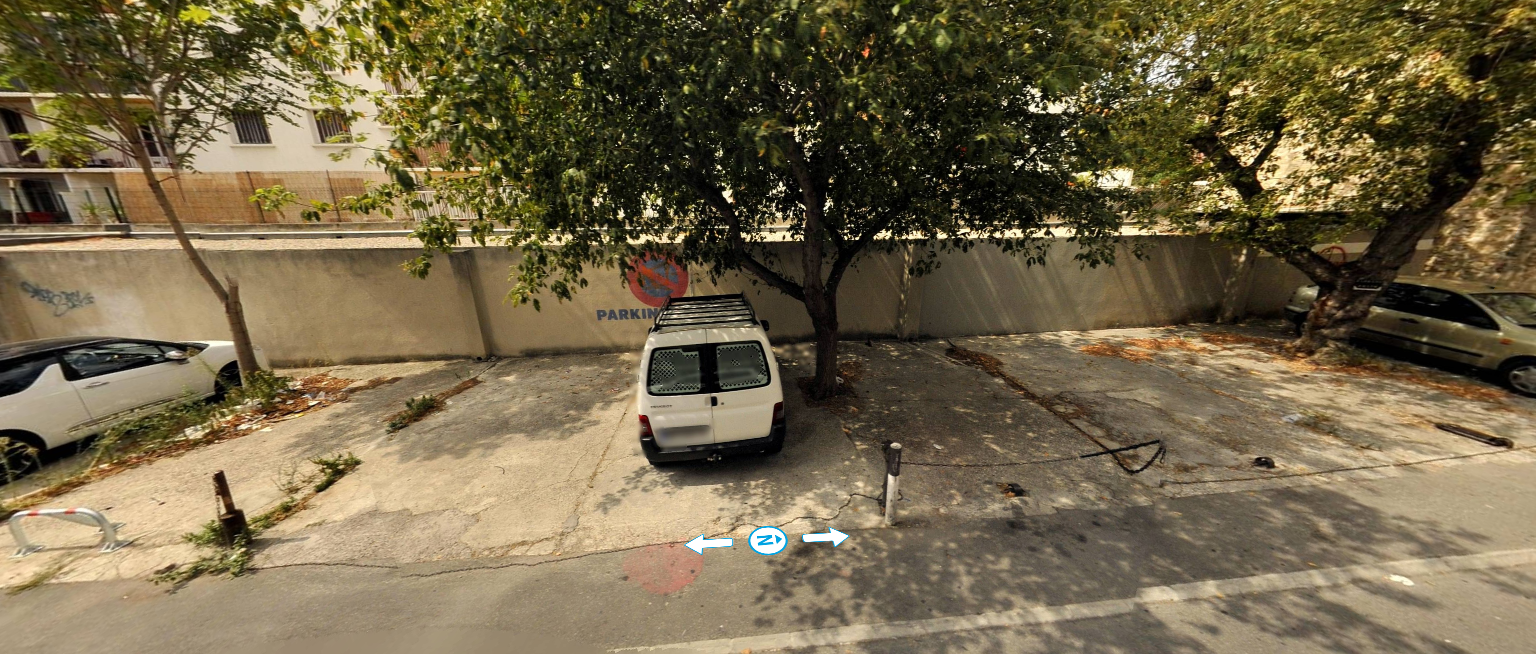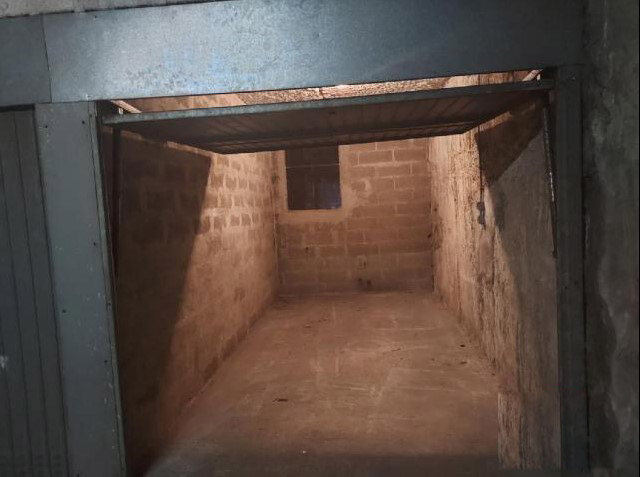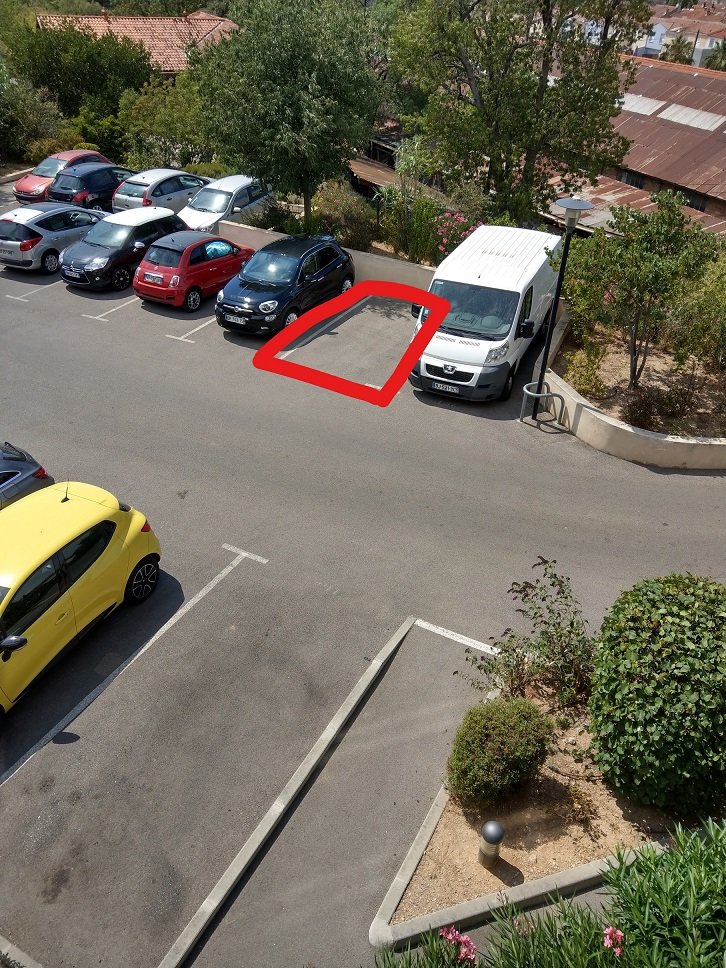





Find parking near Escalier Gare Saint-Charles, Marseille
The monumental Escalier Gare Saint-Charles staircase is located in Marseille and provides access to Boulevard d'Athenes. This historical landmark was inaugurated on April 24,1927 by President Gaston Doumergue. It offers visitors an insight into Marseille's rich architecture heritage.
Escalier gare Saint-Charles construction was a major development for the station which opened in 1848. The Petit Seminaire building was blocking the direct route to Boulevard d'Athenes, so travelers had to make a long detour before the staircase. The elegant staircase that was built in 1925, to provide a direct communication path, fulfilled the need. Adolphe Meyer, a visionary who recognized the need for a direct communication route in 1859 had already envisioned constructing a grand staircase to lead up to the upper levels and embarkation platform.
The history of the staircase is a story that includes many architectural competitions, delays, and technical, financial and historical events. In 1911, the competition was won by architect Eugene Senes with assistance from Leon Arnal. The project was hampered by the outbreak of World War I. In 1919, the project was restarted to complete it in time for 1922's second colonial exposition.
The staircase is impressively tall at 15.5 metres and has 104 steps, divided into seven landings. Visitors descending the staircase from Gare Saint Charles' esplanade will see several groups of beautifully sculpted figures.
Two groups by Ary Bitter are visible at the platform level. Each group features a child accompanied with a lion. The lions represent "The Sun and the Sea", on the left, and "The World is Energized", on the right.
After three smaller landings on the staircase, visitors arrive at a large intermediate landing decorated with two monumental pylons. Auguste Carli sculpted the southern portion of these pillars with a female figure resting on a plinth. The pedestals are identical and represent the bow of a boat, with three oars on each side. Two dolphins also emerge from the water on the ship's side. The allegory of the "Gate of the East", draped in an elongated toga, is seated on the left. She holds a trinket in her right. On the right is the allegory "Marseille Greek Colony", wearing a chlamys, and holding in her hand a statuette of Diana. The other side of the pylons are decorated with Henri Martin’s sculpted city coats of arm, Nice, Marseille and Aix-en-Provence to the left and Lyon, Marseille and Paris to the right. Lanterns are placed at the top of every pylon.
Six small bronze groups, sculpted and cast in bronze by Francois Rudier, adorn the last three landings. These groups are local products of the Provence area, displaying "Harvest," 'Fruits,' and Fishing" on left railing and Grapes, Flowers,' and?Hunting?" on right railing.
Louis Botinelly created two stone groups that face each other at the bottom of the last landing. The first group represents "The Colonies of Africa" while the second depicts "The Colonies of Asia." The groups depict two women reclining.
Parking rates near Escalier Gare Saint-Charles
Parking time
Mobypark parking rates
1 hour parking
from € 2.2
24 hours parking
from € 13.8
1 week parking
from € 33
1 month parking
from € 124







